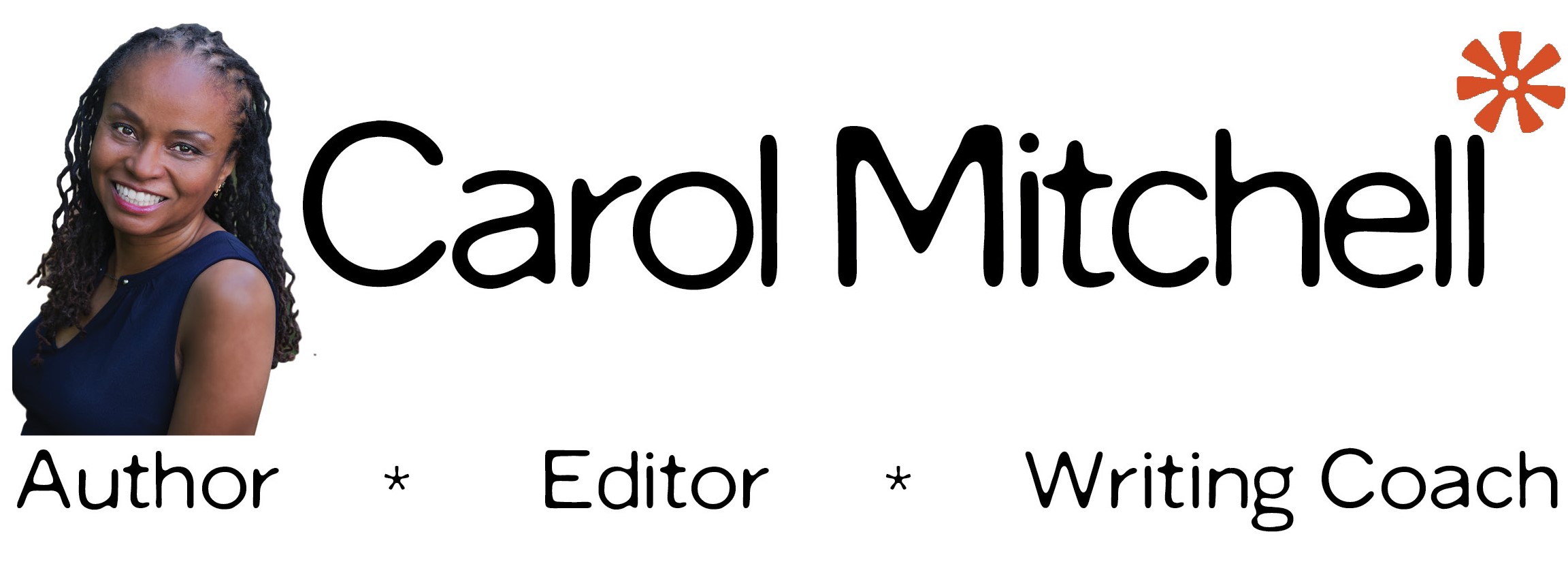There are a few illustrators that I’ve used repeatedly and there is a good reason for that. These are illustrators who deliver excellent work that meets the requested specifications and is delivered in the time frame promised.
The main issue that we face with illustrators, however, is that many do not understand the difference between the art work that one does for sale at a gallery, for example, and the artwork that is placed in a children’s book, and no matter how talented an artist you may be, if you don’t understand this, the whole process of children’s book illustration can go south very quickly. This post discusses a few tips that will help the relationship between the illustrator and the commissioner.
Get as much information as possible about the project. This may seem like a no-brainer, but you would be surprised how many projects get started without a discussion of crucial issues such as the book size, the layout details, and a schedule with milestones.
Once you have these details as you progress, keep these steps ideas in mind
- PLAN. Present the publisher with rough, thumbnail sketches on a story board. This helps them to identify issues in the flow of the project.See
Writing with Pictures: How to Write and Illustrate Children’s Books
for details on storyboards.Once the thumbnails are approved, progress to a more detailed full-size sketches. This should be on facing pages so that you can see the full impact of the page layout. These should be detailed enough that the publisher can see specific issues, for example, if a character is wearing a hat on one page and not on another. The publisher will be able to see clearly what you have in mind and catch any changes while it is easy to make adjustments. - DESIGN. If the art and the text will be on the same form, it may be best to plan the location of the text while you are composing the illustration. At the very least, be sure that there is a spot in each illustration clear enough to superimpose the words without the overall image becoming too busy.
Work on paper as large as or larger than the planned size of the book.Don’t sign your name to the artwork.Draw to the edges of the page, but don’t put important elements more than a half inch from the sides, top, or bottom of the pages.
- DELIVER. One of the biggest problems that we face with illustrators is timely delivery. Be realistic about how long the illustrations will take and don’t over promise. A delay in the delivery of the artwork can destroy a project and then, no matter how lovely your drawings are you may never be hired again.
